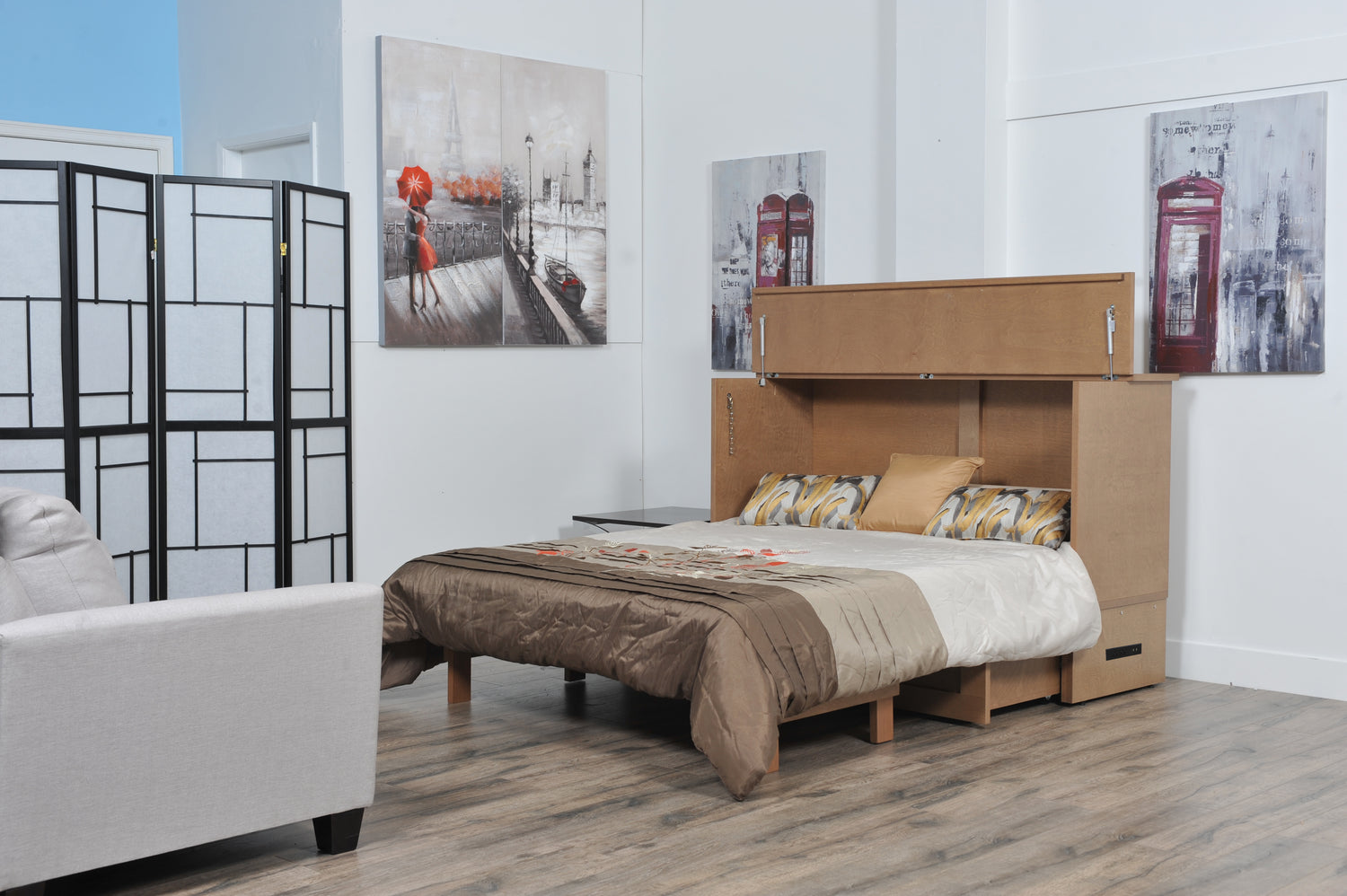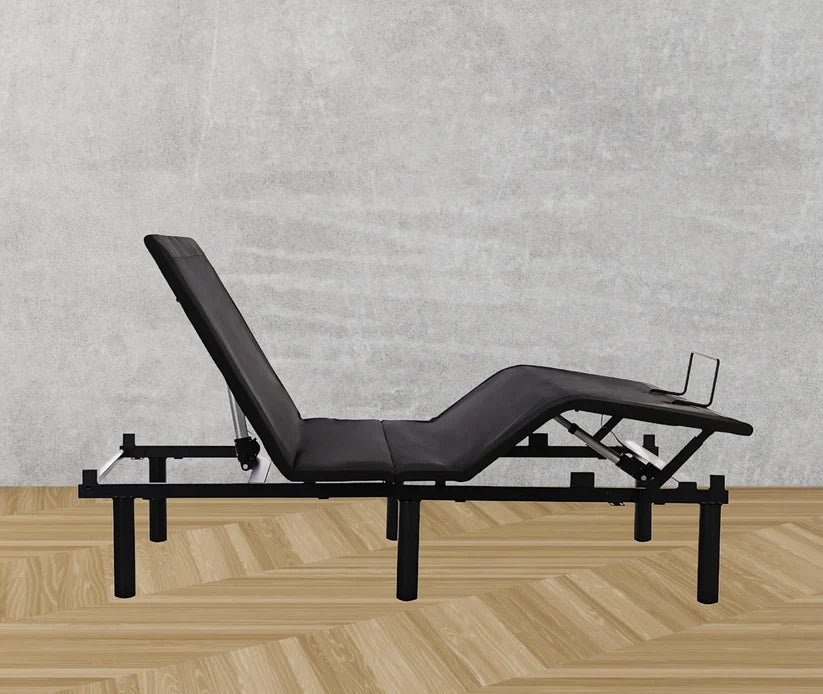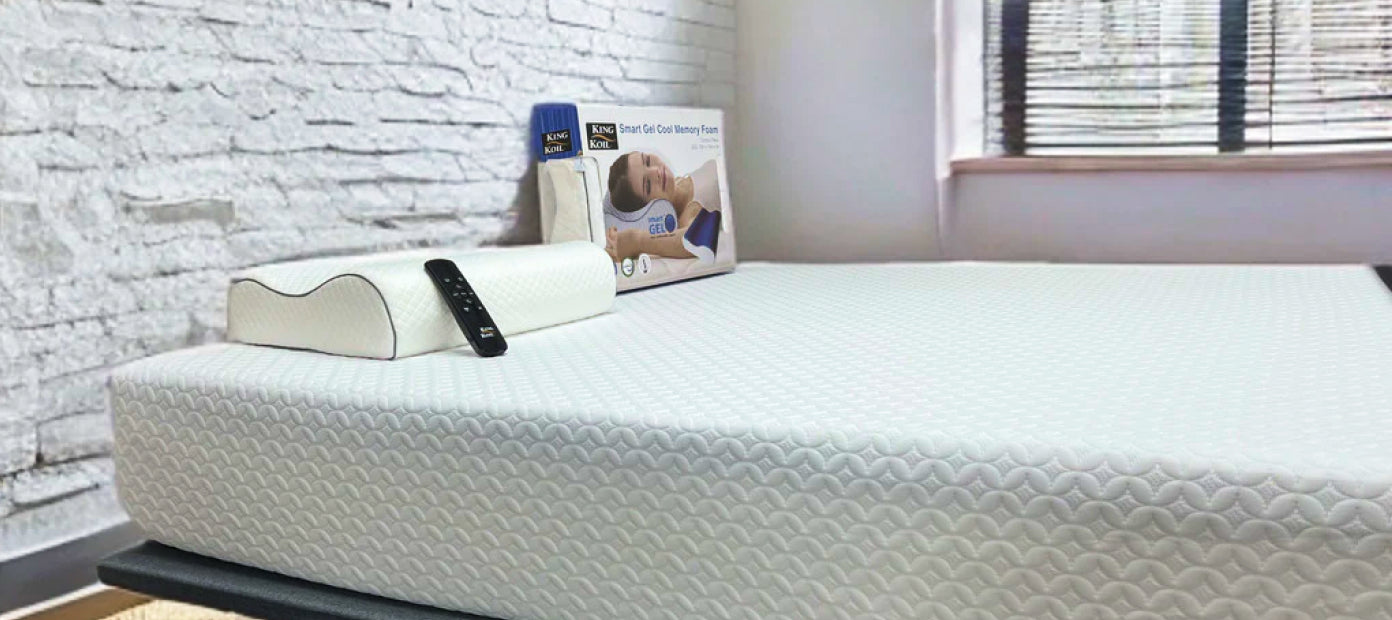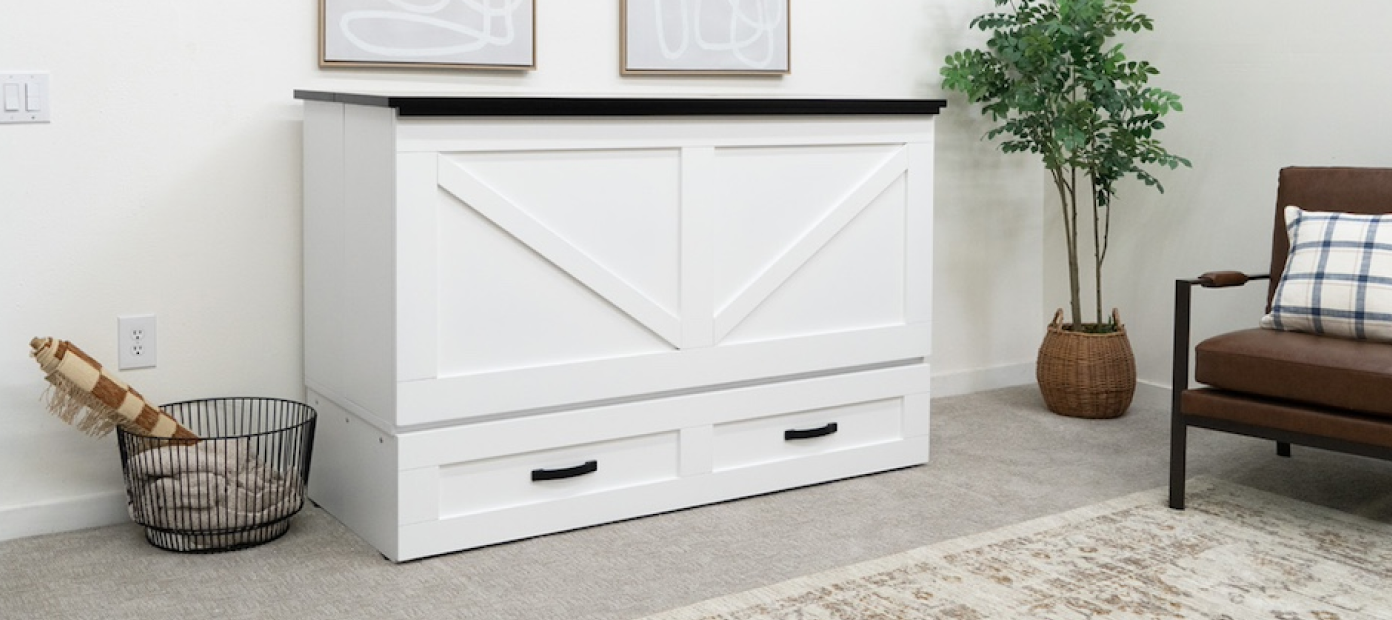How to Create the Perfect Sleep Environment for Studying and Why You Should Do It Now
Do you want to ace your exams, boost your grades, and impress your professors? Do you want to learn faster, remember more, and think better? Do you want to feel more energized, motivated, and happy? If you answered yes to any of these questions, then you need to pay attention to one thing: your sleep.
Sleep is not a luxury, it’s a necessity. It’s not something you can sacrifice or compromise, it’s something you need to prioritize and optimize. Why? Because sleep is the ultimate performance enhancer. It can make or break your academic success.
In this blog post, you will discover:
- Why sleep is important for studying and how it affects your brain and body.
- What are the key elements of a perfect sleep environment and how they can improve your sleep quality and quantity.
- How you can measure or track your sleep quality and quantity and how you can make adjustments based on your personal needs and preferences.
By the end of this blog post, you will have a clear understanding of how to create the perfect sleep environment for studying and why you should do it now. So let’s get started!
Why Sleep is Important for Studying
Sleep is important for studying because it helps your brain consolidate and retain the information that you learned during the day. According to Harvard Medical School, sleep plays a critical role in memory formation and recall, as well as enhancing your cognitive skills and creativity. Sleep also helps you cope with stress and improve your mood, which can affect your motivation and performance.
When you sleep, your brain goes through different stages of sleep cycles, each with its own functions and benefits. The most important stages for studying are deep sleep and REM (rapid eye movement) sleep. Deep sleep is when your brain transfers the information from your short-term memory to your long-term memory, making it easier to recall later. REM sleep is when your brain integrates the information with your existing knowledge, making it easier to apply later.
If you don’t get enough or good quality sleep, you will miss out on these benefits and suffer from negative consequences. Some of the effects of poor sleep on studying are:
- Reduced concentration and attention span, which can make you lose focus and get distracted easily.
- Impaired memory and learning abilities, which can make you forget facts, concepts, and skills quickly and poorly.
- Decreased creativity and problem-solving skills, which can make you struggle with complex or novel tasks and assignments.
- Increased stress and anxiety levels, which can make you feel overwhelmed and frustrated with your workload and deadlines.
- Lowered mood and motivation levels, which can make you feel depressed and unmotivated to study or do anything else.
As you can see, sleep is essential for studying and academic success. But how can you get enough or good quality sleep? That’s where your sleep environment comes in.
What are the Key Elements of a Perfect Sleep Environment
Your sleep environment is the physical space where you sleep, including the temperature, humidity, light, noise, and comfort of your bed. A good sleep environment can help you fall asleep faster, sleep deeper, and wake up refreshed. A bad sleep environment can disrupt your sleep, make you toss and turn, and leave you feeling groggy and irritable.
Here are some tips on how to create the perfect sleep environment for studying:
1. Set your room temperature for around 65 to 68 degrees.
The optimal temperature for sleeping varies from person to person, but generally speaking, most people sleep best in a cool room. According to the Sleep Doctor, a room temperature of around 65 to 68 degrees Fahrenheit (18 to 20 degrees Celsius) is ideal for most people. A cooler temperature helps your body lower its core temperature, which signals your brain that it’s time to sleep. A warmer temperature can make you sweat, overheat, and feel restless.
2. Consider blackout curtains or shades to help keep your bedroom dark.
Light is another cue that tells your brain whether it’s time to sleep or wake up. Exposure to natural light during the day can help you regulate your circadian rhythm, or your internal body clock. However, exposure to artificial light at night can interfere with your melatonin production, which is the hormone that makes you sleepy. To avoid this problem, try to keep your bedroom as dark as possible at night. You can use blackout curtains or shades to block out any street lights or sunlight. You can also turn off or dim any electronic devices that emit blue light, such as your phone, computer, or TV.
3. Try ear plugs or a white noise machine to mask disruptive noises.
Noise is another factor that can affect your sleep quality. Whether it’s from traffic, neighbors, roommates, or pets, noise can keep you awake or wake you up during the night. To reduce the impact of noise on your sleep, you can try using ear plugs or a white noise machine. Ear plugs can block out any unwanted sounds, while a white noise machine can create a soothing background noise that masks any other noises. You can also use headphones or speakers to play relaxing music or sounds, such as classical music, nature sounds, or guided meditations.
4. Pick the right pillow and bedding materials that promote good airflow.
The comfort of your bed can also make a difference in how well you sleep. You want to choose a pillow and bedding materials that suit your personal preferences and sleeping position. For example, if you sleep on your side, you may need a firmer pillow than if you sleep on your back or stomach. You also want to choose materials that are breathable and moisture-wicking, such as cotton or linen. These materials can help you stay cool and dry throughout the night.
5. Find a comfortable mattress that provides you with the best support and cushioning.
Finally, don’t forget about your mattress. Your mattress is the foundation of your sleep environment and it should provide you with the right balance of support and cushioning for your body type and sleeping style. A good mattress should conform to your body shape and align your spine properly. It should also be firm enough to prevent sagging or sinking, but soft enough to relieve pressure points and prevent pain. If your mattress is too old or worn out, it may be time to replace it with a new one that meets your needs.
How to Measure or Track Your Sleep Quality and Quantity
One of the best ways to create the perfect sleep environment for studying is to measure or track your sleep quality and quantity. This way, you can see how well you are sleeping and how it affects your studying performance. You can also make adjustments based on your personal needs and preferences.
There are different methods and tools that you can use to measure or track your sleep quality and quantity, such as:
- Sleep diary: A sleep diary is a simple way to record your daily sleep habits, such as when you go to bed, when you wake up, how long it takes you to fall asleep, how many times you wake up during the night, how you feel in the morning, etc. You can use a paper journal or an online template to keep track of your sleep diary.
- Sleep tracker: A sleep tracker is a device or an app that monitors your sleep patterns using sensors or algorithms. It can measure various aspects of your sleep, such as duration, stages, cycles, efficiency, etc. It can also provide feedback and suggestions on how to improve your sleep quality and quantity. Some examples of sleep trackers are Fitbit, Oura Ring, SleepScore, etc.
- Sleep test: A sleep test is a medical procedure that evaluates your sleep quality and quantity using specialized equipment and techniques. It can diagnose any potential sleep disorders or problems that may affect your sleep quality and quantity. A sleep test usually requires a referral from a doctor and is performed in a clinic or at home by a trained technician.
Creating the perfect sleep environment for studying is not hard if you follow these simple tips. By optimizing your temperature, light, noise, comfort, and mattress quality, you can improve your sleep quality and quantity significantly. This will not only help you study better and ace your exams but also improve your overall health and well-being.
So don’t neglect your sleep environment and make






Leave a Comment
Your email address will not be published. Required fields are marked * Comments must be approved before they are published.